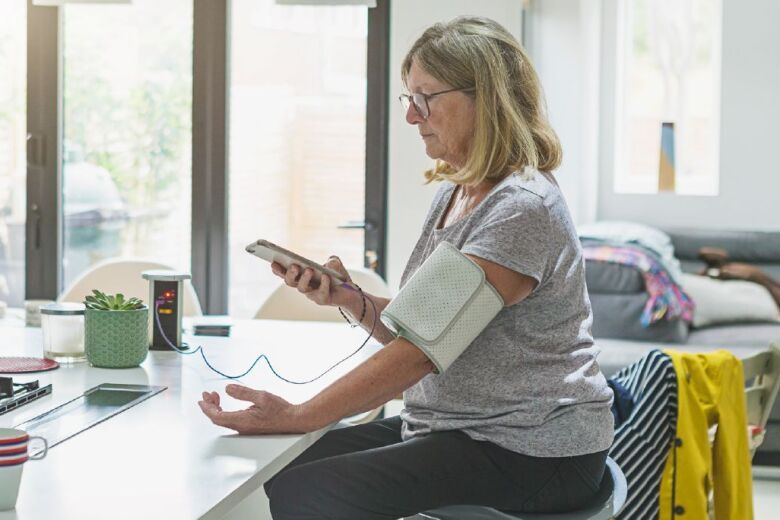
COMPANY: InterSystems China
CHALLENGE: When COVID-19 appeared in China, medical organizations needed to act quickly to launch a large-scale battle by mobilizing all resources to block the spread of the virus.
OUTCOME: Rapid response from InterSystems helped our customers apply software configurations to match new and rapidly evolving work practices.
When COVID-19 appeared in China, medical organizations acted quickly to launch a large-scale battle by mobilizing all resources to block the spread of the virus. This also required a rapid response from InterSystems to help our customers apply software configurations to match new and rapidly evolving work practices.
New “fever clinics” had to be set up quickly, with the ability to configure schedules, providers, security restrictions, and all that is associated with setting up a fully functioning healthcare facility. InterSystems also implemented new documentation templates, screening forms, and order sets based on the new local guidelines. We put in place decision support mechanisms to track the patient assessments and results and built COVID-19-specific dashboards to help our customers track their management of cases.
China has developed these practices at great cost, and we hope that others can use the lessons learned effectively in the ongoing fight against COVID-19.
Set Up a Separate Outpatient Department for Patients With Fevers
The Chinese government has designated certain hospitals to be responsible for COVID-19 patient treatment. Others that are not quite as advanced or do not have the facilities to deal with COVID-19 should transfer the patients to designated hospitals immediately to prevent the spread of the virus. Since TrakCare customers in China are private-sector hospitals that, unlike governmental hospitals, normally do not have fever clinics, the first step is to organize such fever clinics as separate outpatient departments.
Outpatient Workflow Modification
Some patients may have COVID-19 without obvious symptoms; the outpatient appointment offers an opportunity to detect this. This is checked by using two body-temperature screenings before a patient sees the outpatient clinicians: first at the main entrance of the hospital, and then at the outpatient reception.
All patients fill out a COVID-19 questionnaire (as configured in TrakCare) to detect any relevant epidemiological history before they are treated in accordance with the normal outpatient process. If a patient has either an abnormal temperature or a positive epidemiological history, a doctor from the fever clinic or from the COVID-19 team is consulted to determine the patient’s diagnostic and therapeutic plan.
Inpatient Workflow Modification
Inpatients are at greater risk and therefore subject to more testing than outpatients. A COVID-19 order set, including questionnaire screening, a full blood test, a COVID-19 antibody test, and a chest CT scan (except for pregnant women), must return only negative results before an inpatient admission is approved. Patients with positive results are transferred to a designated facility.
Operating Theatre Workflow Modification
The admission process for operating theatres is the same as for inpatient admissions. However, for emergencies or childbirth, there may not be time to perform COVID-19 screening. In these cases, the normal pre-COVID-19 process should be followed, but stronger protection for clinicians is required. If an emergency patient or a pregnant woman is known to be COVID-19 positive, the highest level of medical staff protection is required, as is the attention of a consultant from the COVID-19 team, as described below.
Staff Reassignment
The hospital must set up a specialty COVID-19 team that includes executive members from the medical organization and medical professionals from the Respiratory Department and the Intensive Care Unit. This team is responsible for communicating knowledge and best practices to the rest of the hospital staff. Note that this may change in response to events — for example, government guidelines on what processes to follow might change over the duration of the epidemic.
Clinicians from all departments need to be included in order to guarantee that the fever clinic runs continuously. The load of the fever clinic must be spread across the staff to avoid overloading individuals, because this work is extremely demanding.
All staff must be trained on identification of COVID-19 patients, the process of patient transfer, and self-protection from COVID-19.
TrakCare Support
Several TrakCare system configurations and modifications in line with international COVID-19 guidelines are helpful for hospitals and clinics. They include the ability to:
- Set up new locations (such as fever clinics).
- Establish a new security group and a new access profile for clinicians who work in a fever clinic. Alternatively, some medical organizations use the emergency security group and the access profile for fever clinic clinicians instead of setting up new ones.
- Configure a new Active Clinical Notes entry type.
- Configure new order items and new order sets, including all COVID-19-related orders.
- Set up a questionnaire for COVID-19 screening. Modifications should be conducted continuously, since local guidelines change. So far, the COVID-19 questionnaires have been used by TrakCare customers in more than 15,000 patient visits in China.
- Implement the newly designed icons, indicating the status and results of the COVID-19 screening.
- Create a COVID-19 statistics dashboard for monitoring purposes.
This story originally appeared the April 17, 2020- OnTrak News Flash No.2: The Fight Against COVID-19 newsletter





































